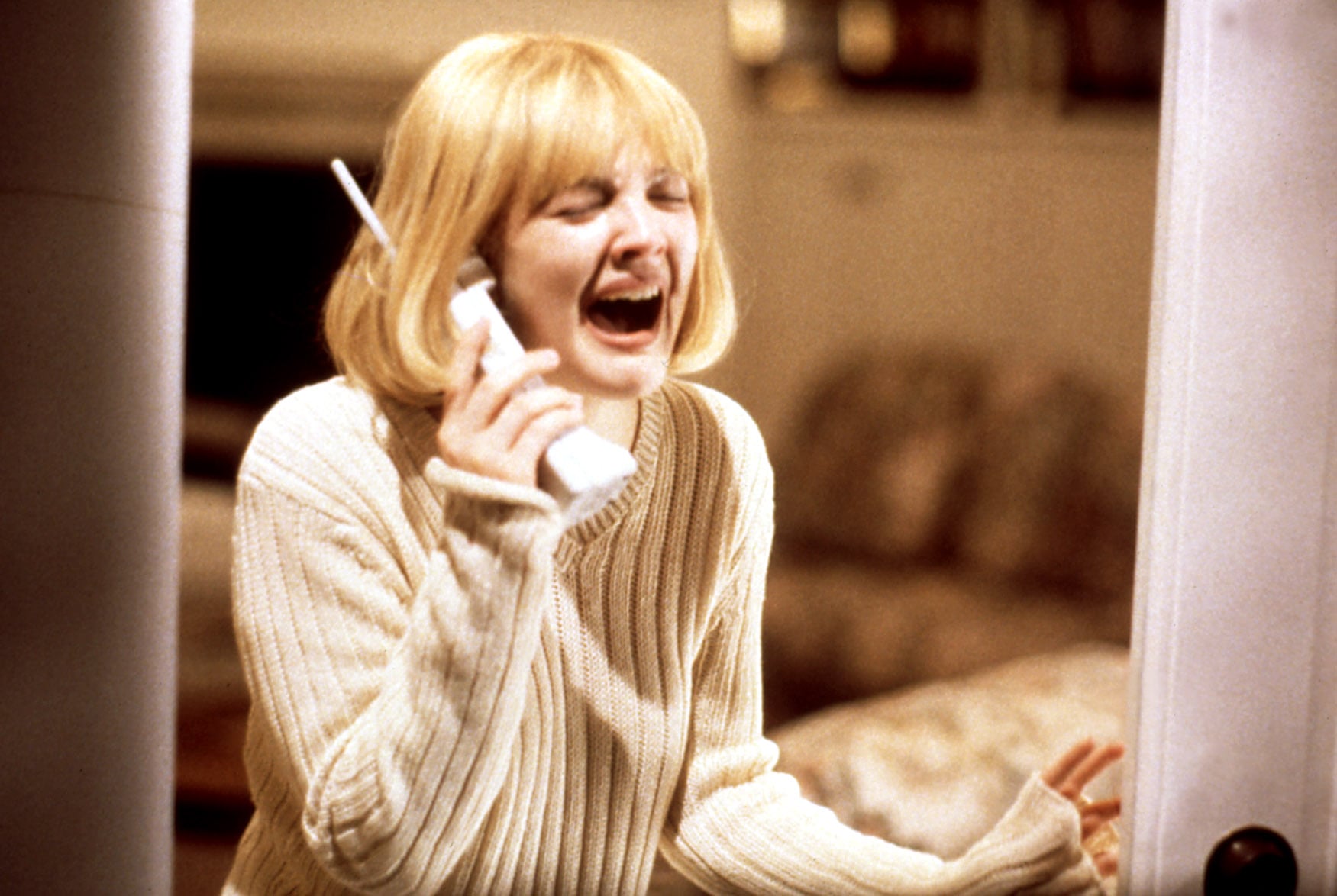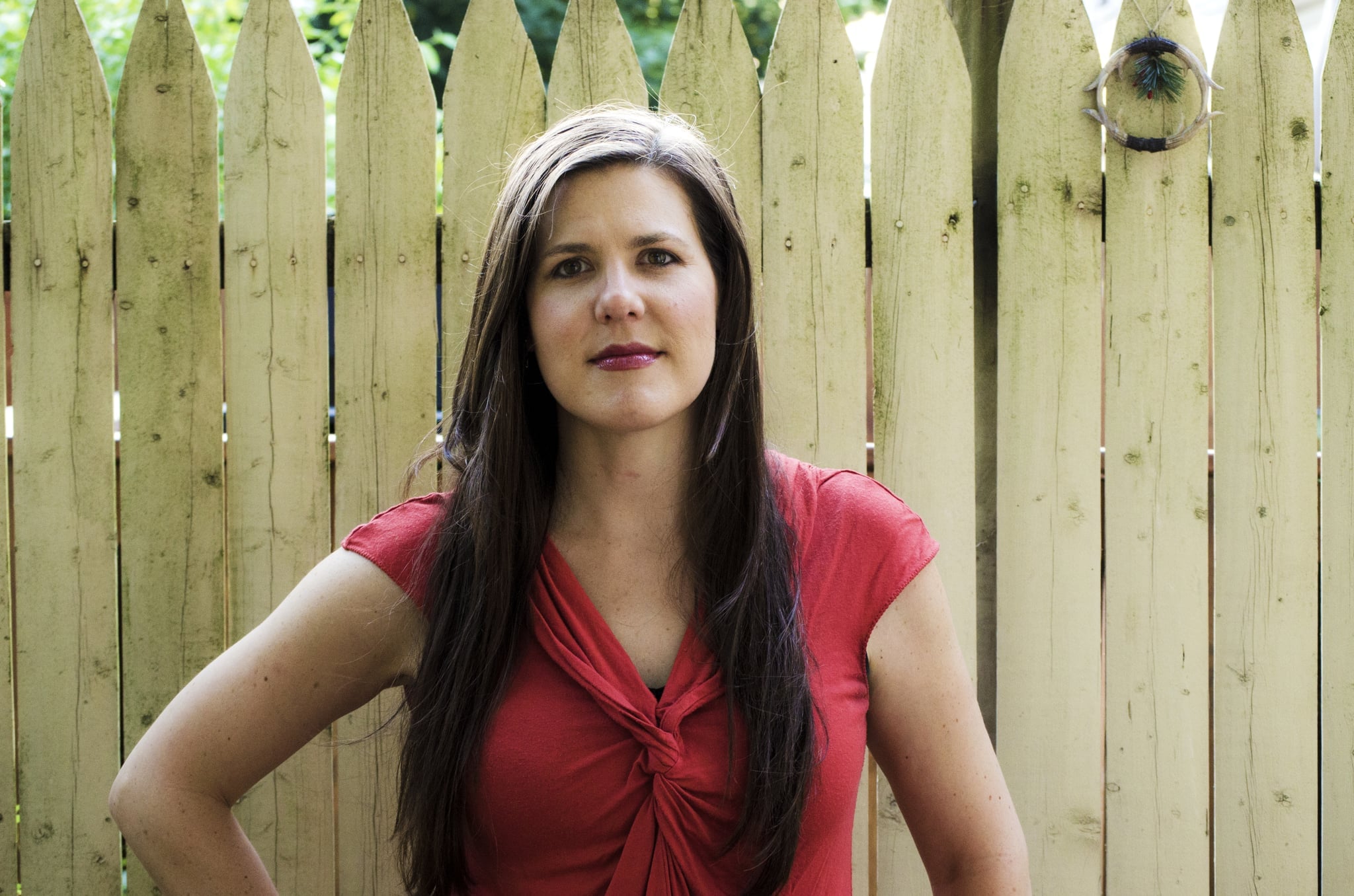Image Source: Everett Collection
For some, Halloween is a time for sweaters and pumpkin spice everything. For others, it’s a time for gory films and haunted houses. Did you ever wonder if there’s a reason some people are thrill seekers and others always choose to sit it out?
Sociologist Dr. Margee Kerr did. She built her research and lecturing career out of a childhood fascination with scary stories: “I was intrigued by the unknown. I knew getting into my academic career I still needed to incorporate some of that adventure, otherwise I would be miserable.” That adventure led her to globe-trot for scares to write a literal book on the topic before serving as the researcher for Pittsburgh’s Scarehouse, and even appearing as herself in the sequel to the haunted house horror flick The Houses That October Built. Whether fear is your goal or enemy this Halloween, Dr. Kerr has the answers to how and why we react to things that go bump in the night — and how thrill seekers can amp up the scare power.
Dr. Margee Kerr says the “fun scary” kind of fear’s physical and psychological effects can be highly rewarding. Photo courtesy of Jake Bradbury.
POPSUGAR: For starters, why do we love haunted attractions so much?
Dr. Margee Kerr: We do love it for the physical high. Our body, when it’s thrust into that fight or flight mode, releases all sorts of chemicals. In the right context, mainly one of choice and entertainment, that physiological response can feel really good. We feel euphoric and strong and kind of primal. Also, when we’re scared, our brain reprioritizes, so it’s focused on all our physical elements. We’re not getting caught up in what we have to do in the future. We’re grounded more in the present. There’s also this big social component. Being scared with friends creates stronger bonds. It enhances the experience. We get a sense of accomplishment. Even though we know we’re safe, it feels like we’ve completed a challenge and made it out the other side. It also can increase our resilience and our tolerance in the moment. When we face something really challenging and intense, everything else is not going to upset us as much.
PS: Do you have any insight into the history of haunted houses?
MK: They have a varied history. A big part of it was Haunted Mansion at Disney. That was actually based off of the Winchester Mystery House after Walt Disney toured it and wanted to create something similar. The Winchester Mystery House was this house that this woman kept building on. After her husband passed, she was the heir to the Winchester estate. She had a house, and she believed all the people who had been killed by Winchester rifles, that she could act as a conduit [to channel them]. And then the Haunted Mansion influenced the creation of modern attractions today. Jaycee groups played a big role in it, too. Then volunteer firefighters started making charity haunted attractions. And so it was the big influence from Disney and then the backyard attractions that started sprouting up. Today you can see that packed history of the sort of DIY backyard attractions and then the big amusement side of it. Now there is that middle type of attractions that do, say, over 50,000 people a year. That’s like Terror Behind the Walls or Netherworld.
PS: What separates those who love haunted attractions and those who won’t go near them?
MK: A lot of it is our history. Some of it is genetic. Even the way our genes are expressed is so tied into our experiences and our childhood. All the different moments in our childhood when we experience fear go into creating how we give meaning to different experiences. So, if you never had any folder in your mind for “fun scary,” then you might not like it too much. I grew up going to haunted houses from a very young age, so my experience with fun scary is very long and rich. I always encourage people to test themselves every few years because we do change.
PS: You helped develop the Basement at Scarehouse, Pittsburgh’s premiere haunted attraction. What research was involved there and what trends do you see in immersive haunts?
MK: I haven’t been at Scarehouse for a couple years, but in working with Greg Siegle, the cognitive neuroscientist, we set up the lab in the Basement and we were able to measure people[‘s moods] before and after they went through. Our first year of data collection will be coming out this month in the journal Emotion. But we found that mood did improve and people did feel better. In terms of haunted house trends and what I’ve been seeing over the past few years, a lot of people are going for more interactivity and more sense of immersion, making it more personal in a scalable way. Like at Terror Behind the Walls, you can opt in with the glow necklace if you want the more interactive experience, but if you don’t, you just take it off. But there’s been a lot of work in trying to make it more interactive. Incorporating puzzle elements, making it more gamified like escape rooms.
PS: The Basement allows guests to utilize a safe word. Some extreme haunts don’t. Where do you think the line should be drawn in extreme haunts?
MK: I think that any commercial business that doesn’t have a safe word is essentially violating the law. If they don’t allow people to exit an experience, they’re essentially holding someone hostage at that point. There’s a range: some places don’t have a safe word because they didn’t think that they would need one, but if someone said, “I have to get out of here,” they would respect it and let people leave. The places that don’t let you leave — I don’t know if they even really exist beyond tall tales and folklore — but any place that doesn’t let you leave is violating the law. It’s not fun anymore, and your attention shifts to actual survival. The boundaries should be communicated to guests up front. You can do that without giving anything away.
PS: How can those who hate to be scared still enjoy the season, and how can those who love thrills get the most out of it?
MK: For those who don’t like to be scared, there are so many cool harvest specials and pumpkin patches. You can feel the nostalgia and the connectedness without any of the fear. And those who are really looking for a good scare, I would recommend taking the approach of saving all your money and trying to get to a really well-known and highly rated attraction, or to mix it up and do a handful of backyard attractions that aren’t going to break the bank and compare them at the end of the season. For those looking for something good or new or unique, it’s worth doing some research.
There you have it! Whether you’ll be scaring yourself silly or playing it safe, now you have some insight on how your brain works when you’re afraid . . . and how to make the most out of Halloween.
Source: Read Full Article

